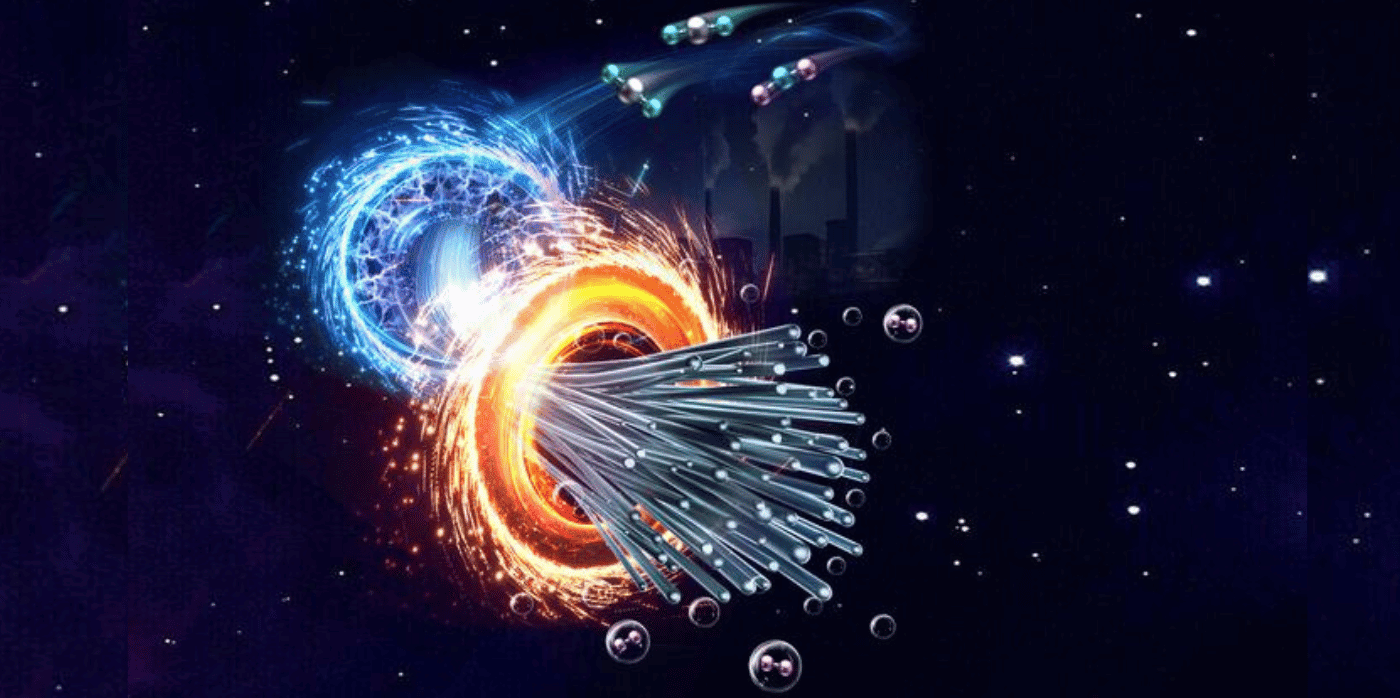
Spotted: We must rapidly decarbonise existing global systems, and capture carbon already emitted, to prevent global warming from exceeding the 1.5 degrees Celsius threshold outlined in the Paris Agreement. But the scale of the problem is huge: to meet this target, 10 gigatonnes of carbon dioxide needs to be captured every year by 2050.
Scientists at the US Department of Energy, Brookhaven National Laboratory, and Columbia University may have found a good use for this captured CO2 – carbon nanofibres, which are versatile materials that can be used in everything from batteries and sensors to wound dressings and filtration technology.
The technique the team has developed uses a combination of thermochemical and electrochemical reactions to turn captured CO2 and water into nanofibres. In breaking the nanofibre production up into two parts, the researchers made it possible for the method to require only relatively low pressures and temperatures.
To begin, the scientists worked backwards from the idea that carbon monoxide (CO) is far more useful for producing carbon nanotubes than CO2. So, they began working out how to efficiently convert CO2 to CO and went from there. Electrocatalysts work to break CO2 and H2O into CO and H2.
In the next step, an iron-cobalt thermocatalyst helps to form the carbon nanofibres. Previous direct strategies, which convert CO2 directly into nanofibres using heat, require temperatures exceeding 1000 degrees Celsius. As the thermocatalyst is dealing with CO, however, the researchers were able to produce nanofibres at temperatures of 400 degrees Celsius.
The nanofibres have a wide range of uses, but the researchers point to their potential in strengthening cement and concrete, where the carbon could be stored for a minimum of 50 years.
Carbon capture technologies are on the rise, as innovators work to mitigate the impact of global warming. Springwise has also spotted this company that captures carbon straight into concrete as well as this ultra-fast CO2 direct air capture material.
Written By: Archie Cox

